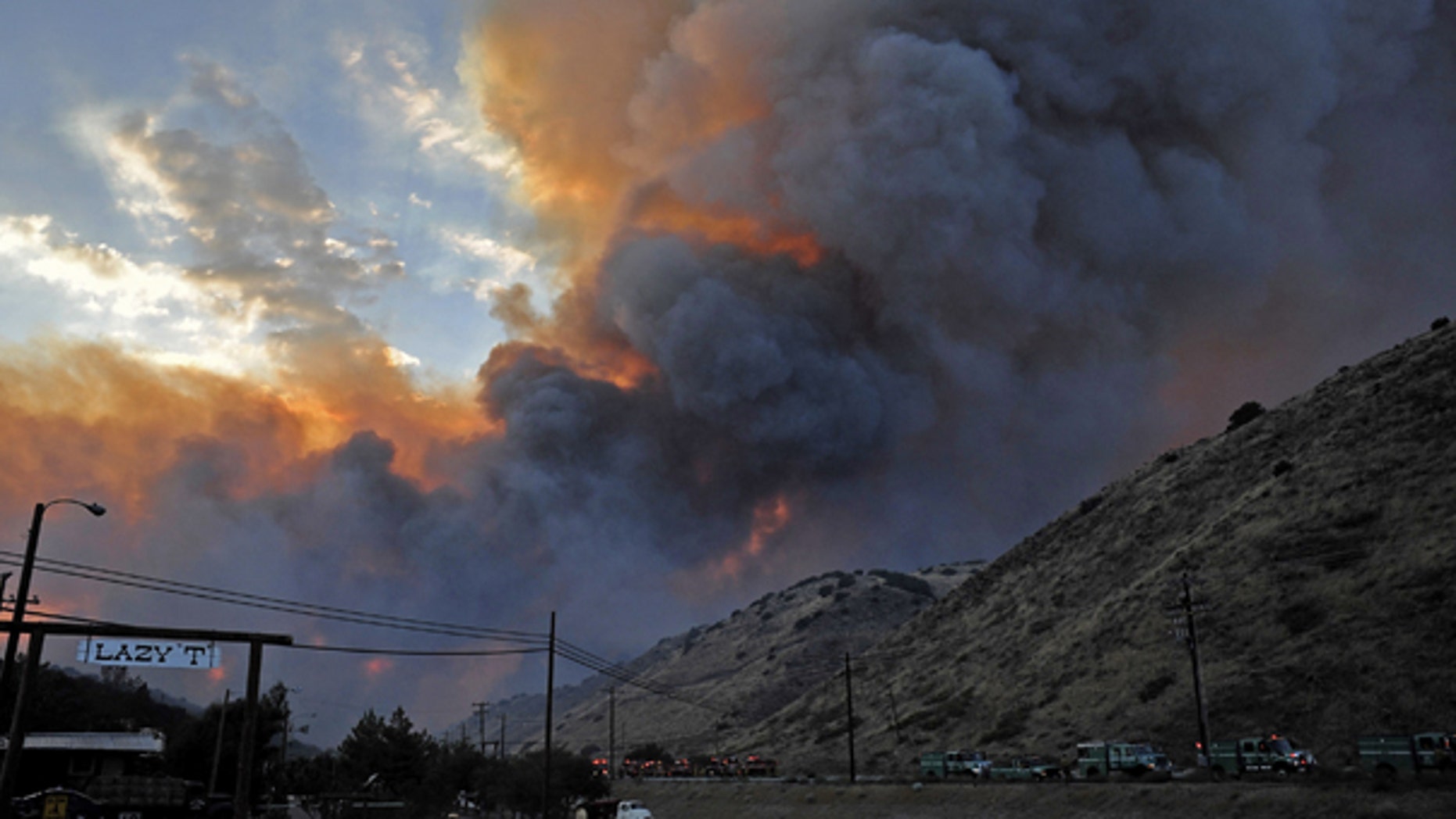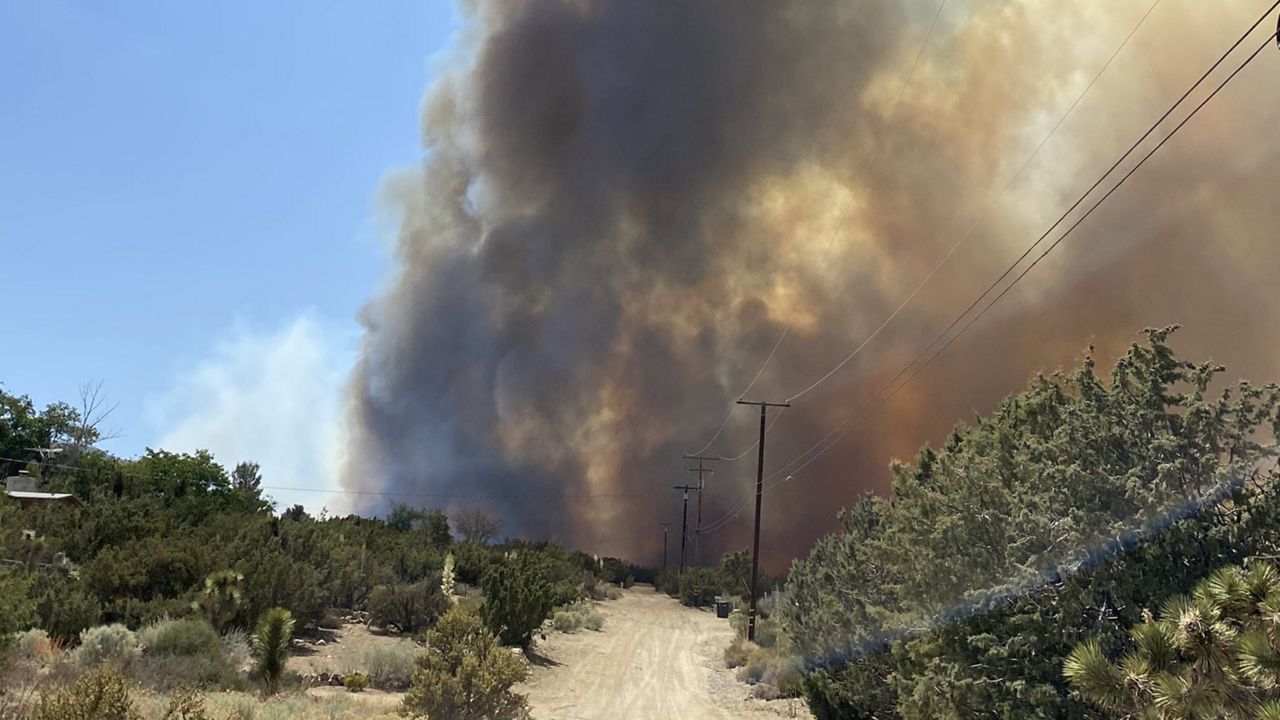When the Palmdale fire erupted, it wasn't just another wildfire in California—it was a wake-up call for everyone about the dangers lurking in our environment. The flames tore through acres of land, leaving destruction and heartbreak in their wake. But what exactly happened? And more importantly, why should you care? Stick around because we're diving deep into this burning issue.
Palmdale fire isn't just a headline; it's a story of nature's fury and human resilience. This disaster has captured the attention of millions, not only because of its sheer intensity but also because it highlights the growing threat of wildfires in our changing climate. So, buckle up as we unravel the facts, myths, and everything in between.
In this article, we'll explore the causes, impacts, and lessons learned from the Palmdale fire. Whether you're a concerned citizen, an environmental enthusiast, or simply someone who wants to understand what's going on, this piece is for you. Let's get started!
Read also:Mckinley Richardson The Rising Star Redefining Talent And Ambition
Table of Contents:
- What is Palmdale Fire?
- Causes of Palmdale Fire
- Impact on the Community
- Environmental Consequences
- Firefighting Efforts
- Lessons Learned
- Prevention Strategies
- Role of Climate Change
- Community Support
- Future Outlook
What is Palmdale Fire?
Alright, let's start with the basics. The Palmdale fire was a catastrophic wildfire that swept through the Palmdale area in California. It all began on [insert date], when a small spark turned into an inferno, devouring everything in its path. The fire quickly gained momentum, fueled by dry vegetation and strong winds, making it one of the most destructive wildfires in recent history.
Key Facts About Palmdale Fire
Here are some quick facts to give you a clearer picture:
- It burned over [insert number] acres of land.
- More than [insert number] homes were destroyed.
- Thousands of residents were evacuated.
- The fire caused millions of dollars in damages.
But the Palmdale fire wasn't just about numbers. It was about lives upended, families displaced, and communities coming together in the face of adversity. Let's dive deeper into what caused this disaster.
Causes of Palmdale Fire
Now, here's the million-dollar question: what caused the Palmdale fire? Well, wildfires can start in a variety of ways, and the Palmdale fire was no exception. While investigations are still ongoing, several factors have been identified as potential contributors.
Natural Causes
Nature can be unpredictable, and sometimes it's the culprit behind wildfires. Lightning strikes, for example, are a common natural cause of fires. In the case of Palmdale, however, it seems unlikely that lightning was the main trigger.
Read also:Mole De Mayo 2024 Your Ultimate Guide To Celebrating Mexicos Iconic Tradition
Human Activities
Unfortunately, humans often play a significant role in starting wildfires. Activities such as campfires left unattended, discarded cigarettes, and even arson can spark a blaze. Experts believe that the Palmdale fire might have originated from a small human error that spiraled out of control.
But wait, there's more! The conditions on the ground were ripe for disaster. Years of drought had left the vegetation dry and brittle, creating the perfect fuel for the fire. Add to that the Santa Ana winds, which can reach hurricane-like speeds, and you've got a recipe for disaster.
Impact on the Community
The Palmdale fire had a profound impact on the local community. Thousands of residents were forced to flee their homes, seeking safety in evacuation centers or with friends and family. The emotional toll was immense, as people watched their lives go up in smoke.
But it wasn't just about the loss of property. The fire disrupted daily life, closing schools, businesses, and essential services. Air quality plummeted, making it difficult for people to breathe, especially those with respiratory issues.
Stories of Resilience
Amidst the chaos, there were stories of resilience and hope. Neighbors helping neighbors, volunteers distributing supplies, and first responders working tirelessly to contain the fire. It was a testament to the strength of the human spirit in the face of adversity.
Environmental Consequences
Wildfires don't just affect humans; they have a devastating impact on the environment as well. The Palmdale fire was no exception. It wiped out vast areas of vegetation, destroying habitats for countless species of wildlife.
But the damage doesn't stop there. Fires release massive amounts of carbon dioxide into the atmosphere, contributing to climate change. They also alter the soil composition, making it harder for plants to regrow. In some cases, the land may take years, if not decades, to recover.
Long-Term Effects
The long-term effects of the Palmdale fire are still being studied, but early indications suggest that the region may experience more frequent and intense fires in the future. This is a sobering reminder of the need for better fire management strategies and climate action.
Firefighting Efforts
When disaster strikes, the first responders are the unsung heroes who rush into danger to protect others. The Palmdale fire was no exception, with hundreds of firefighters battling the blaze day and night.
They employed a variety of tactics, from creating firebreaks to using aerial water drops. It was a massive coordinated effort involving local, state, and federal agencies. And let's not forget the brave volunteers who stepped up to help in any way they could.
Technology in Firefighting
Technology played a crucial role in the firefighting efforts. Drones were used to monitor the fire's progression, while advanced mapping tools helped identify hotspots. These innovations allowed firefighters to make informed decisions and allocate resources more effectively.
Lessons Learned
Every disaster is an opportunity to learn and improve. The Palmdale fire taught us valuable lessons about preparedness, response, and recovery. Here are a few key takeaways:
- Early detection is critical in containing wildfires.
- Community education and awareness can save lives.
- Investing in fire-resistant infrastructure is essential.
But the most important lesson is that we need to work together. Governments, organizations, and individuals must collaborate to mitigate the risks of wildfires and protect our communities.
Prevention Strategies
Prevention is better than cure, and when it comes to wildfires, prevention is key. There are several strategies that can help reduce the risk of fires:
- Implementing controlled burns to eliminate excess vegetation.
- Encouraging responsible outdoor behavior, such as properly extinguishing campfires.
- Developing early warning systems to detect fires before they spread.
Communities can also take proactive steps, such as creating defensible spaces around homes and businesses. These measures may seem small, but they can make a big difference in preventing disasters like the Palmdale fire.
Role of Climate Change
It's impossible to talk about wildfires without mentioning climate change. Rising temperatures, prolonged droughts, and extreme weather events are all contributing factors to the increasing frequency and intensity of wildfires.
The Palmdale fire is a stark reminder of the challenges we face in a warming world. It's a call to action for individuals, governments, and corporations to take meaningful steps to reduce greenhouse gas emissions and protect our planet.
What You Can Do
You might be thinking, "What can I do to make a difference?" Well, there are plenty of things you can do, from reducing your carbon footprint to supporting organizations working on climate solutions. Every little bit helps!
Community Support
During times of crisis, communities come together to support one another. The Palmdale fire was no different. People from all walks of life rallied to help those affected by the disaster.
Donation drives were organized, volunteers provided meals and shelter, and mental health services were made available to those in need. It was a powerful demonstration of compassion and solidarity.
How You Can Help
If you want to help, there are several ways to get involved. You can donate to reputable organizations, volunteer your time, or simply spread awareness about the issue. Every action counts, no matter how small.
Future Outlook
So, what does the future hold for Palmdale and other areas prone to wildfires? The outlook is uncertain, but there are reasons to be hopeful. Advances in technology, increased awareness, and stronger policies are all steps in the right direction.
But the fight against wildfires is far from over. It will require continued effort and collaboration from everyone involved. The Palmdale fire may have left scars, but it has also sparked a renewed commitment to protecting our environment and communities.
Final Thoughts
In conclusion, the Palmdale fire was a devastating event that highlighted the urgent need for action on multiple fronts. From prevention and preparedness to response and recovery, there are lessons to be learned and improvements to be made.
We urge you to take action, whether it's by educating yourself, supporting affected communities, or advocating for climate solutions. Together, we can make a difference and ensure that disasters like the Palmdale fire become a thing of the past.
So, what are you waiting for? Join the movement and be part of the solution!


